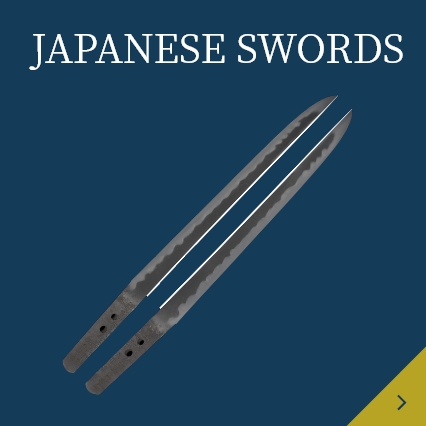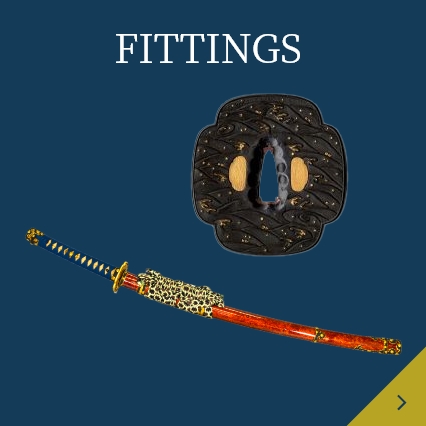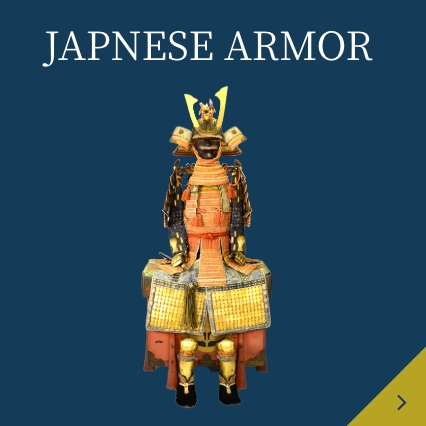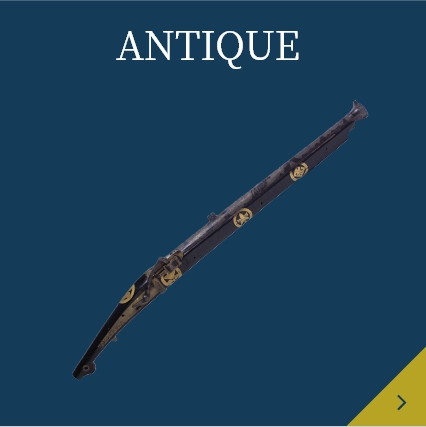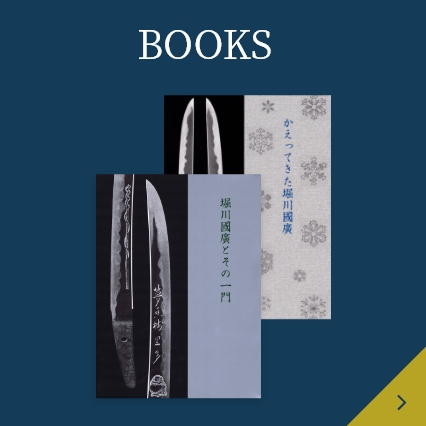ギャラリー
Tanto Mei Miyairi Kei Sakukore
Tame Nomurake jyudai Heisei roku no natsu
Fittings:Syu Urushi nuri Aikuchi Tantokoshirae
宮入恵作之
為野村家重代平成六之夏
(附)朱漆塗合口短刀拵
| Item NO. | NO.K00167 | Price | Reference item |
|---|---|---|---|
| Paper | NBTHK Mukansa | ||
| Country | Nagano-Ken | ||
| Period | Modern time | ||
| Blade Length | 25.0cm|9 27/32in | ||
| Curve(Sori) | Not Sori | ||
| Bottom Width (Motohaba) | 2.37cm|15/16in | ||
| Bottom Thickness (Motokasane) | 0.58cm|15/64in | ||
| Keijo | Hirazukuri、Iorimune、Width normal | ||
| Kitae | Koitamehada ni yoku nie-tsuki,tokorodokoronagare hada majiru. | ||
| Hamon | Notare-chō ni Gunome majie, tokorodokoro Nijūba ,SanhyubahuTonari, kinsuji sunagashi shikirini kakari, wazuka ni mune o yaku. | ||
| Boushi | Notarekomi togari-gokoro nagaku ni kaeri, shikirini haki kakeru | ||
| Nakago | Ubu,-saki wazuka ni ha agari kurijiri, yasurime gyaku-Sujikai, Hole 1. | ||
| Accessories | Shirasaya(白鞘) ,Syu Urushi nuri Aikuchi Tantokoshirae(朱漆塗合口短刀拵) ,Kinkise-Icijyu-Habaki(金着一重ハバキ) | ||
| Details | Kei Miyairi was born in Sakaki Town in 1957 as the second son of the late Yukihira Miyairi, a living national treasure swordsmith. The Miyairi family has produced living national treasures such as Shoji Amada and Shunpei Osumi. In November 1977, he entered the Miyairi training dojo of his father, Yukihira (Shohei) Miyairi, but when his father passed away suddenly, he was halfway through his training when Kei Miyairi, the master swordsmith, entered the Miyairi training dojo of his father, Yukihira (Shohei) Miyairi, and studied under his father's highly skilled apprentice, Shohei Fujiyasu. While following the tradition of his "Oyakata" (master), who was a personal admirer of Shizu, he also admired Shizu-Kaneuji and has already perfected his own style, just as his father Gyohei studied the swordsmanship of Shizu Kaneuji of the Kamakura period and Yamaura-Kiyomaro, a swordsmith from the same region. In 1982, he received an award from the Agency for Cultural Affairs. In 1982, he received approval from the Agency for Cultural Affairs to make a sword, and in the spring of the following year, he exhibited his work at the New Sword Exhibition sponsored by the NBTHK, winning the Effort Award on his first entry. In 1996, he changed his swordsmith name to "Kozaemon Yukihira", combining the names of his great-grandfather "Kozaemon" and father "Yukihira". In 2000, he received Mukansa certification from NBTHK and became a Mukansa master. |
||

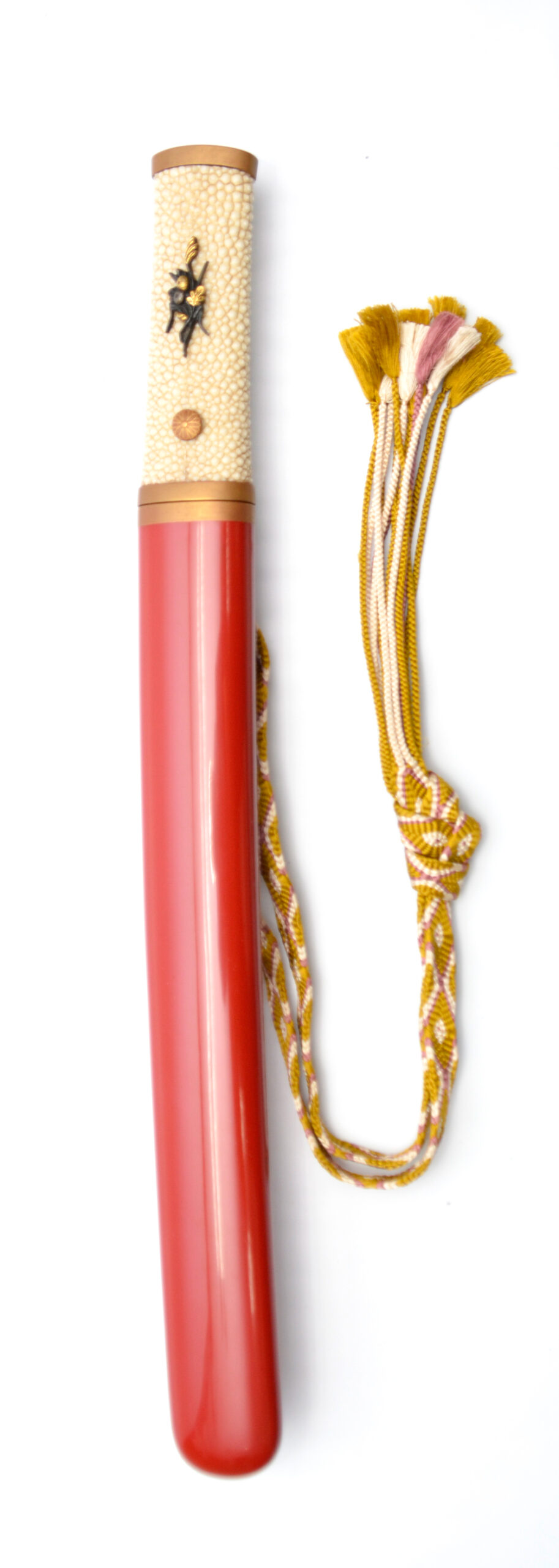
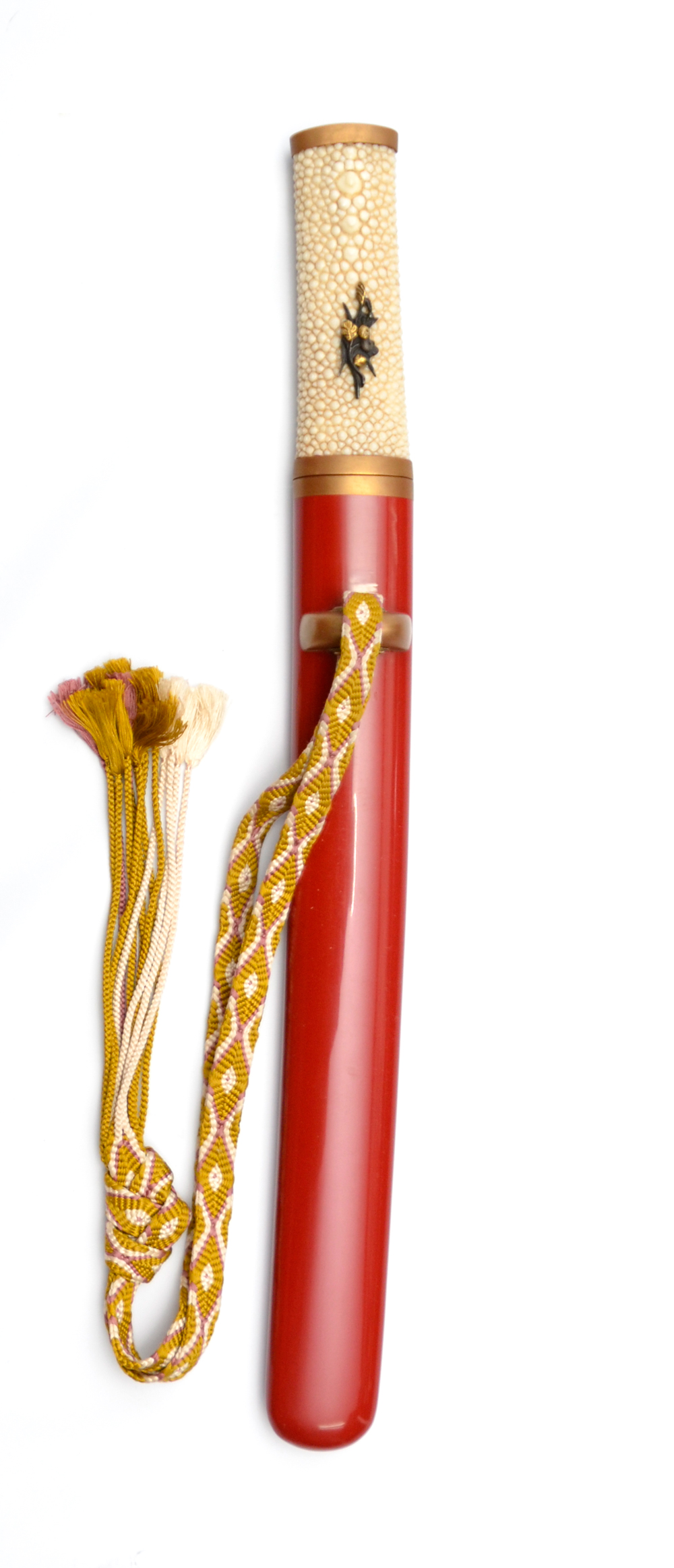
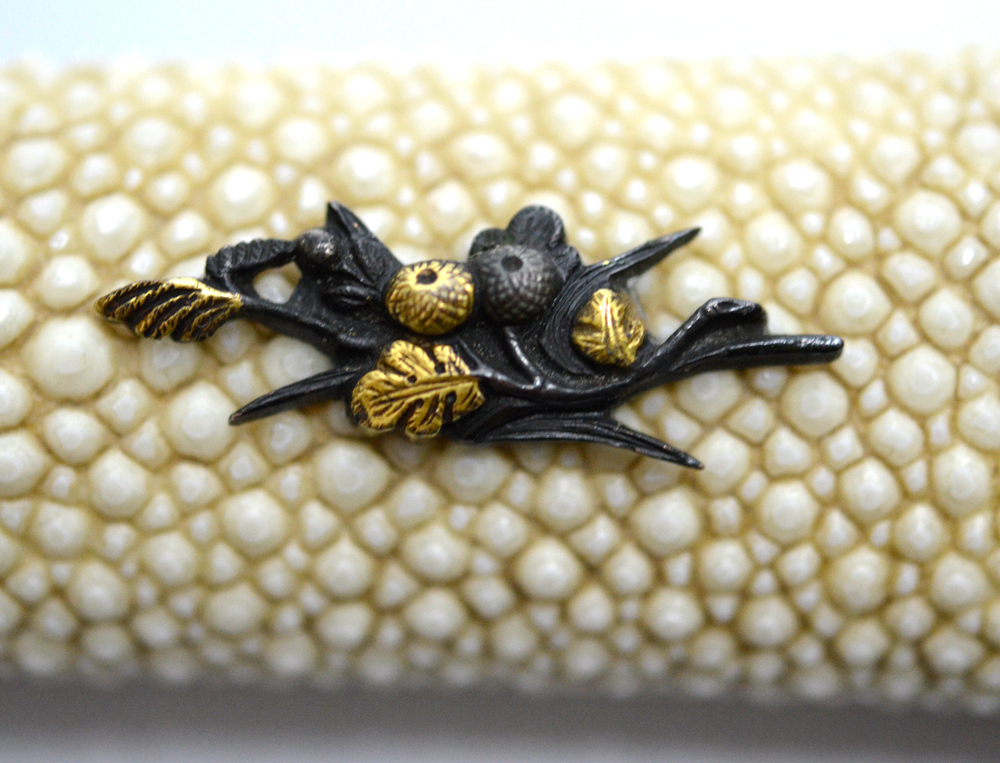
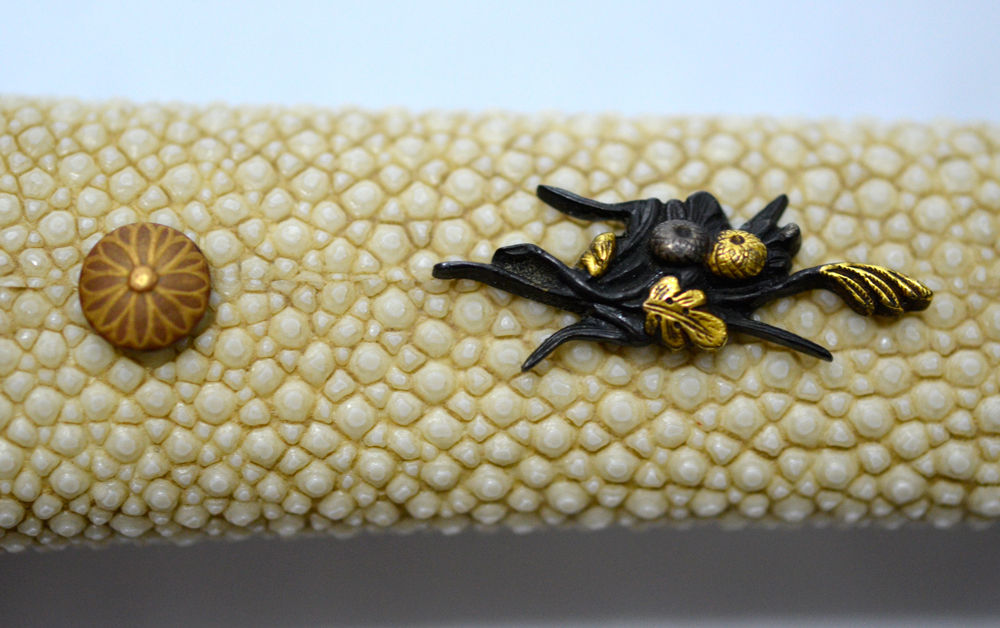
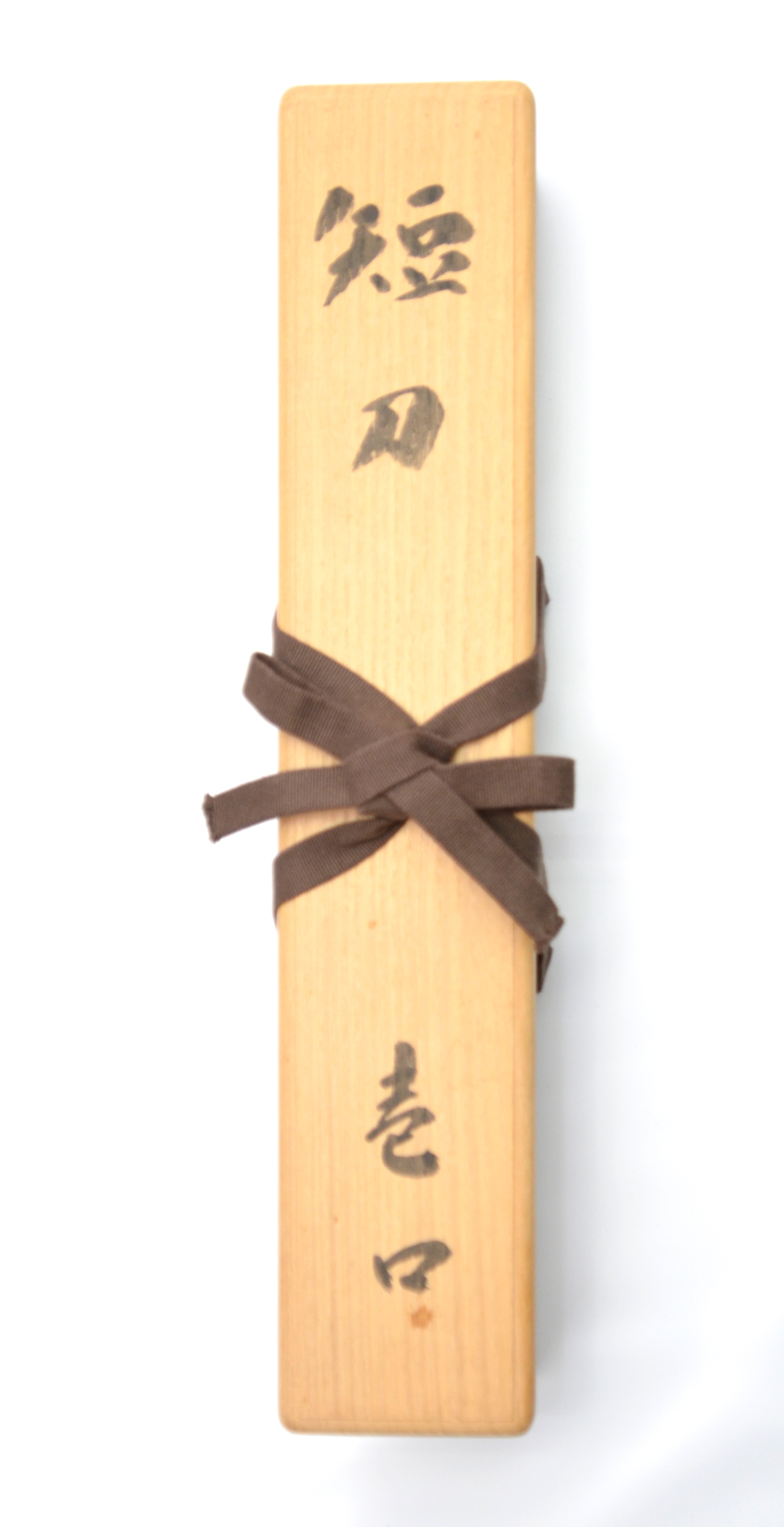
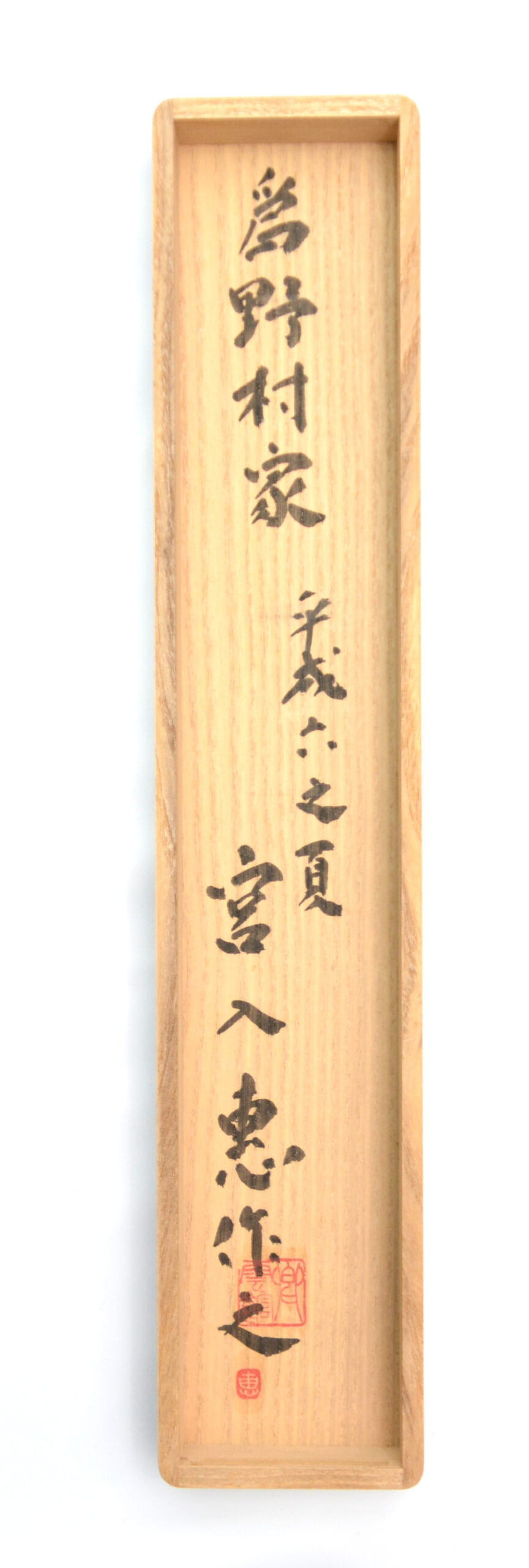
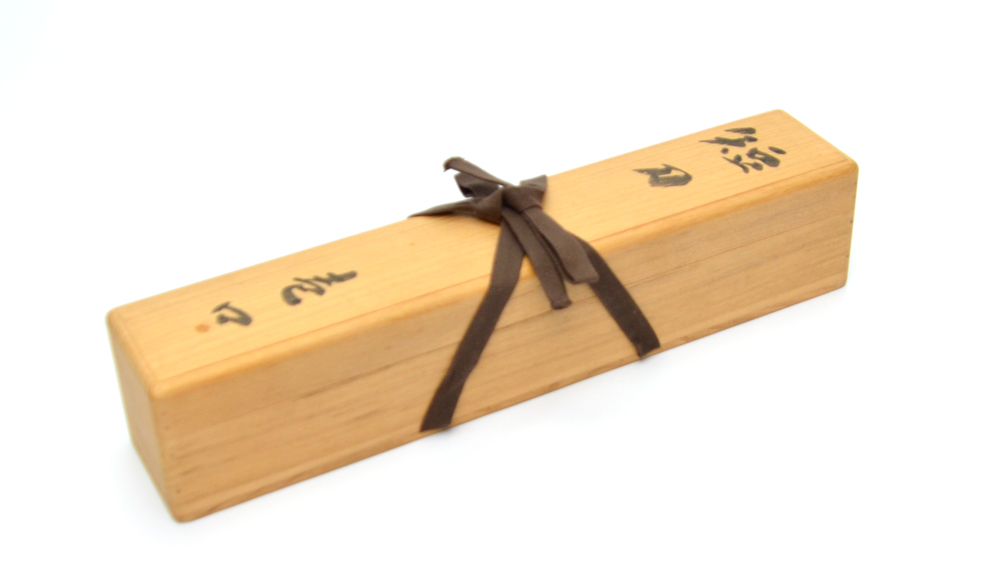
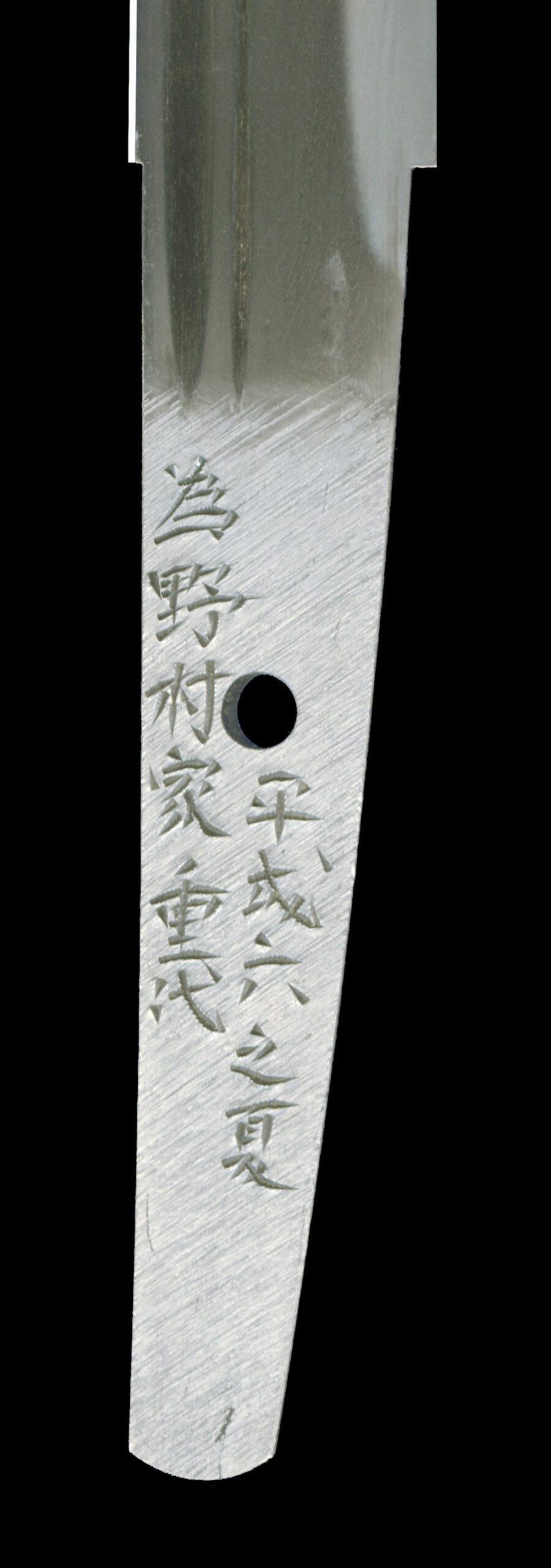

SEARCH
-
PERIOD LISTS
Koto|Shinto|Shinshinto|GendaitoPRICE LISTS
~¥500,000 JPY|¥510,000 JPY~¥1,000,000 JPY|¥1,010,000 JPY~¥2,000,000 JPY|¥2,010,000 JPY~¥3,000,000 JPY| ¥3,010,000 JPY~¥4,000,000 JPY|¥4,010,000 JPY~¥5,000,000 JPY|¥5,010,000 JPY~¥10,000,000 JPY|¥10,010,000 JPY~ |Please contact us -
PAPER LISTS
Important art appraisal|Others|No appraisalJpanese Swords
NBTHK Tokubetsu Jyuyo|NBTHK Jyuyo|NBTHK Tokubetsu Hozon|NBTHK HozonFittings
NBTHK Tokubetsu Jyuyo|NBTHK Jyuyo|NBTHK Tokubetsu Hozon|NBTHK Hozon


